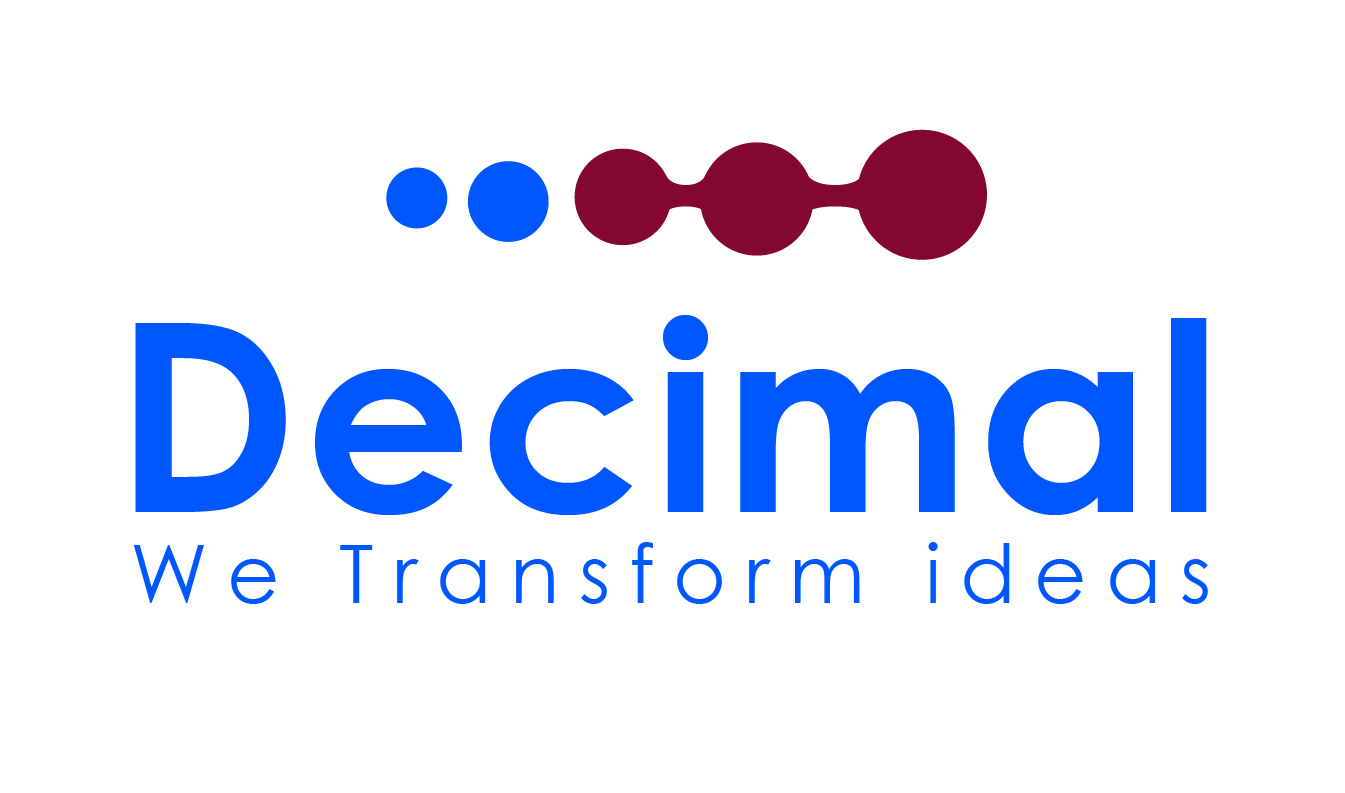The right choice at the right time makes everything easy. This is precisely the same for everything. And if this is something related to our business, undoubtedly the choice is vital. To enjoy a risk-free life and solution, your right choice matters. We are here to communicate with the developer in you to make your business flourish. If you want nothing but success, you should be aware of the framework you choose for your app development. Your future application’s productivity and feature set are determined by the framework you choose. A poorly built app will, without a doubt, exploits the user’s device, lag, and malfunction, and this adversely affects your business. Here is where a conflict between the two most popular cross-platform development frameworks, Flutter and React Native appears!
Flutter and React Native are mobile application development technologies that help to develop highly interactive apps for iOS and Android. Amidst the Digi-tech era, we have abundant choices before us, from which we should choose wisely. Since we are in a pool of application development frameworks, it is very crucial to know the differences between them to pick the most suitable one for our purpose. Let’s dive deep into the difference between React Native and Flutter to make things easy!


Flutter
Flutter is a tool for creating user interfaces that use the Dart programming language. To make it more simple, it’s a Google user interface framework. It allows developers to quickly create and deliver visually appealing natively produced mobile, web, and desktop applications utilizing a single code base.
React Native
React Native is a Facebook led native UI development framework that integrates the greatest features of native development with react to build user interfaces. It’s an open source and allows to build mobile applications using only JavaScript, one of the world’s most popular programming languages today
Flutter V/S React Native
To choose the best from choices, it’s significant to know the differences, pros and cons.
The merits of flutter includes the faster development and deployment, quality documentation, rich user interfaces, and error-free performance and unified view on all supported platforms. These make flutter acceptable among developers.
If so, then what all make React Native different and friendly among developers?React Native is based on native components for iOS and Android offering abundant external UI kits which can create great a user interfaces for the apps. The excellent performance with natively built apps adds upto the advantages of React Native. The popularity of JavaScript is yet another merit of React Native.Knowing the advantages alone can never help. You should always be aware of the demerits to process and make a wise decision.When the short historic period, dynamic evolution and project size constitute the disadvantages of Flutter, React Native says it’s disadvantages are poor documentation, speed of development and running time.On a comparison note, when we take a look at both, the key highlights and differences are: When we take a look at the most important parameter, the performance, the speed of development and running speed of React Native is slower than Flutter as the former is connected to native components via a bridge and the latter has no interconnecting bridge for initiating interactions.
Compared to Flutter which a offers a quality documentation, React Native provides poor documentation. The documentation by React Native isn’t streamlined and straight forward. Coming to the popularity, React Native is more popular and can quickly develop apps which is a boon for developers. When React Native offers more UI options, Flutter offers a lesser UI customizations.
Final Thoughts
As we’ve seen, both frameworks serve the same purpose in software development and have similar general characteristics. So the best option before us is to perceive both the framework in detail, the pros and cons and be sure about your requirement and ask a question to yourself, ‘whether this framework satisfies my business?’. The answer to this question can lead you to the decision.



